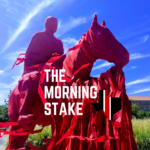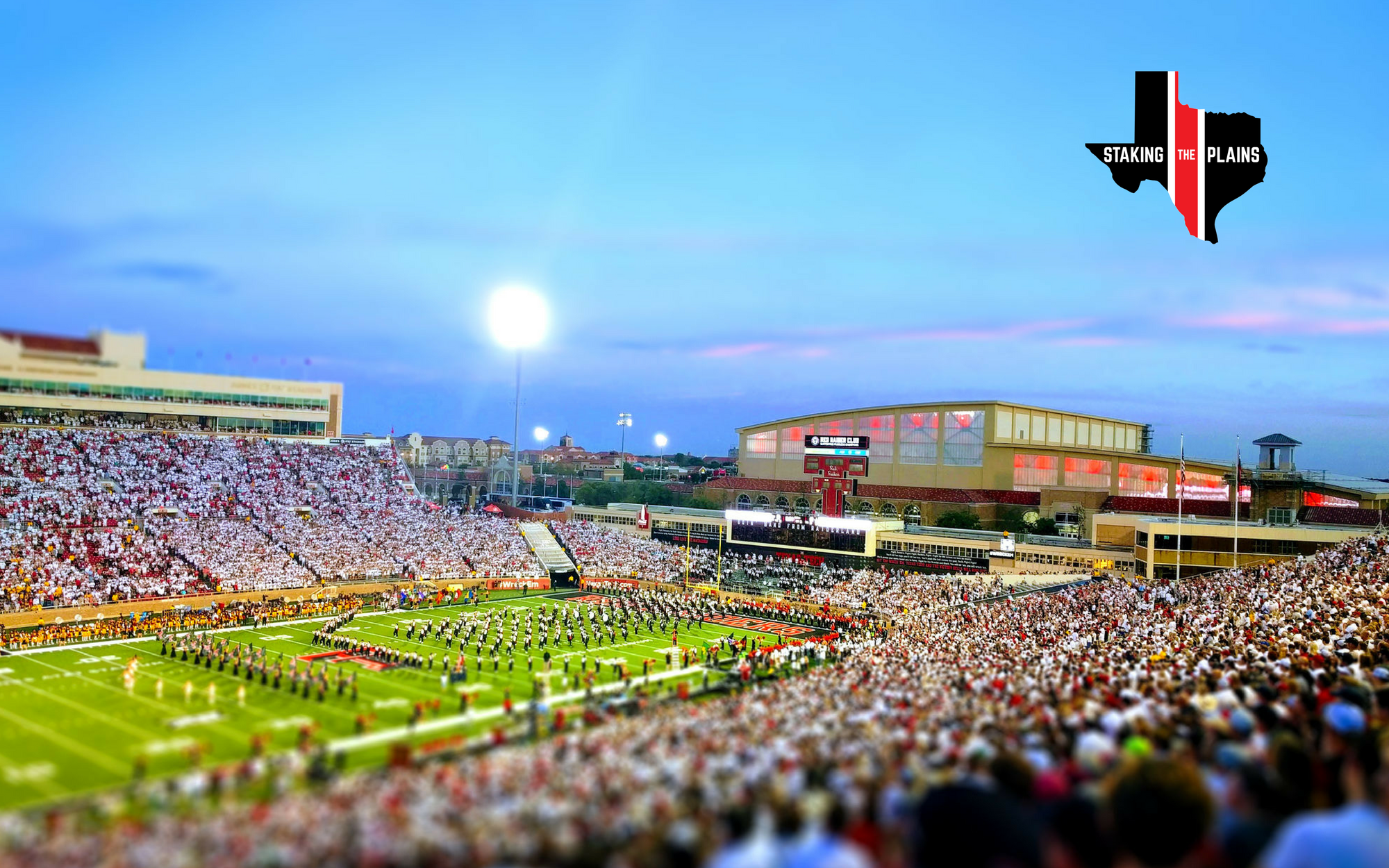These are a few football things, but a few football things that are related to Texas Tech, but maybe not enough for a full post. I use Pocket to save things that I want to link to or read later for the blog and these four things have been stacked up for a while that I thought would be interesting to throw out there. Let’s go.
1. Spend on Recruiting
Mercury News’ Jon Wilner talked to AJ Maestas, the CEO of Navigate Research, a Chicago research firm, and he’s determined that the more that you spend on recruiting, the better the return will be:
In his opinion, head coaches should devote more resources to talent acquisition and spent less time (and money) on areas in which only “marginal gains” can be made relative to the competition.
“If you look at the cost and revenue structure of pro and collegiate athletics and what it takes to win in the pro world — the payroll and your GM and the talent you put on the field — collegiate athletics offers this opportunity to have all the best talent, or all the talent you want that fits the system on your roster, if you win those recruiting battles.”
In other words: Devote more than $1 million of your $30+ million football budget to roster building.
According to the ReporterNews, we’ve got the most recent list of how programs spend on recruiting (this was published in August of last year and Baylor and TCU did not have to disclose):
1. Texas: $1,823,307
2. Oklahoma: $1,264,809
3. Kansas: $1,141,379
4. Iowa State: $1,079,430
5. Oklahoma State: $715,492
6. West Virginia: $626,311
7. Texas Tech: $535,362
8. Kansas State: $509,750
There has generally been two places where Texas Tech has lagged behind the Big 12, coaching salaries (which is improving), and recruiting budget. I wonder if Matt Wells sort of thinks himself as a guy that has figured out a way to gain an advantage despite the disadvantage. For example, I think that Wells believes that he’s going to develop players better than anyone else in the Big 12. The relationship he has with David Scholz is his secret sauce.
I wonder if Wells also believes that he’s figured out a way to be ultra-efficient at recruiting despite the limited budget (generally speaking)? He probably had to do that at Utah State and maybe that’s one of the reasons why he was hired, results at a program that didn’t have all of the recruiting advantages that a coordinator might at a big school (i.e. Brent Venables at Clemson is an example).
Given the pandemic and all of the things happening with that, I tend to think that the budget won’t be going up any time soon. However, I think that Chris Beard essentially gets to set the budget himself. Win and you can spend the extra money that you get from ticket sales, which is probably part of the reason why he pushes the season tickets so hard (fans in seats are good too).
2. Recruiting Profiles
I think you’ll enjoy this… We were given this handout during a scout school from my time with the Ravens. Coach Belichick has held true to almost all of this over the years. pic.twitter.com/pWB3oqo5JU
— Daniel Jeremiah (@MoveTheSticks) March 31, 2020
Daniel Jeremiah works for the NFL Network and he posted this look at how Patriots coach Bill Belichick looked at when he evaluated players.
I’m pretty confident that Wells and his staff have profiles of how they look at players. I am thinking of the secondary in particular, all guys that are 6’0″ or taller and are rangy (i.e. long and athletic) as well as outside receivers, over 6’3″ and can go up and catch the ball in traffic.
I haven’t quite figured out the “type” at offensive line and maybe at quarterback as well. I thought that David Yost would want the speedy back at running back, but that’s not really what he’s done thus far. And this is all a little big difficult to confirm. The staff had to keep the 2019 class together and the 2020 class is the first class that was all them.
At quarterback, maverick McIvor and Donovan Smith are probably more similar than not, bigger athletic quarterbacks that can run and have big arms. Les you forget, McIvor threw for 3,415 yards as a junior and ran for 870, while Smith threw for ,3123 yards and ran for 489. Current 2021 commit Behren Morton doesn’t fit that size profile necessarily, he’s only 6’2″ and 185, but that’s entering his senior year. He’s not asked to run really at Eastland, so that’s tough to make the comparison (only ran for 156 yards).
Defensively on the defensive line and at linebacker, they’re projecting for the most part, if there’s a defensive end that is 6’3″ and 220, I think they are projecting on him developing into a 6’4″ and 250 pound sort of player after they get done with Scholz. Same thing at linebacker and tackle. I think I recall Philip Blidi saying that although he played defensive end in high school, they project him as a three-technique defensive tackle. I think that Blidi was 6’4″ and 250 or 260, so they are projecting him just putting on weight and getting bigger and eventually playing in that 270 to 290 range.
Would love your thoughts on how the staff views the position groups. Any theories are welcome.
3. Returning Starters in 2020
24/7 Sports Kevin Flaherty runs down the most returning starters for 2020 and without looking up and confirming all of these things, I’m just going to assume that they are correct.
10. Kansas State 8: (2 offense / 6 defense)
9. Baylor 9: (7 offense / 2 defense)
8. TCU 12: (5 offense / 7 defense)
7. West Virginia 12 (7 offense / 5 defense)
6. Kansas 12 (7 offense / 5 defense)
5. Iowa State 13 (5 offense / 8 defense)
4. Texas Tech 14 (6 offense / 8 defense)
3. Oklahoma 16 (8 offense / 8 defense)
2. Texas 16 (7 offense / 9 defense)
1. Oklahoma State 18 (8 offense / 10 defense)
I definitely like seeing Texas Tech with more returning starters than not and being in the more experienced half of the Big 12. I wonder how much carryover Dave Aranda will have in what Matt Rhule did at Baylor because I had no idea that they had to replace so much on defense and that definitely explains why the Bears were so good last year on that side of the ball.
Should also be said that returning starters does not equal success. Texas Tech’s defense was terrible last year, returns 8 of those starters and loses its best player and first round pick. Not all players who are not returning are equal and not all players who left are equal, but they were good enough to start . . . for whatever that’s worth.









